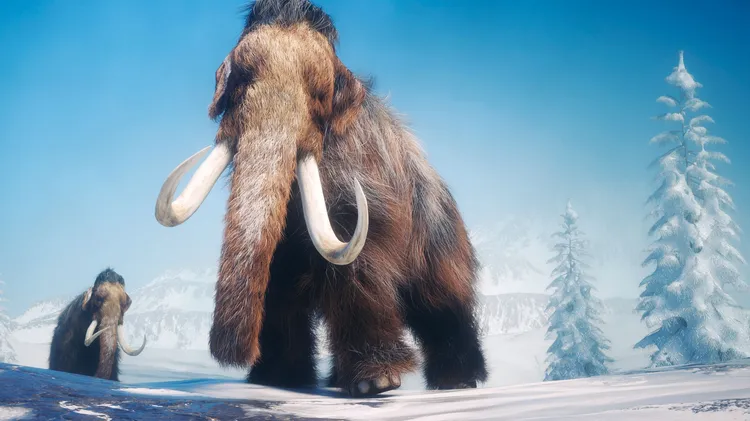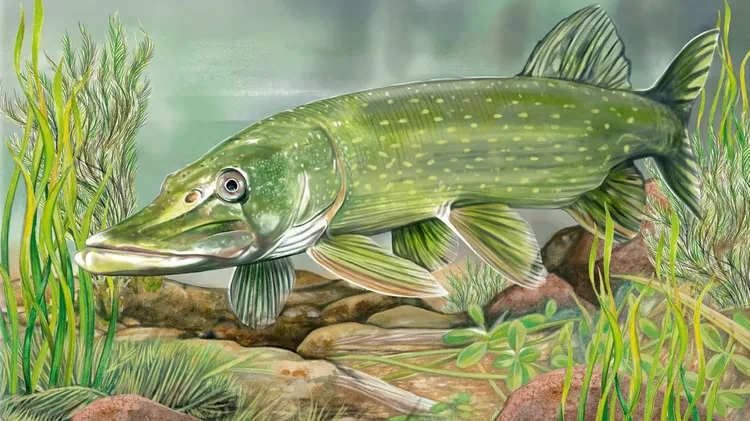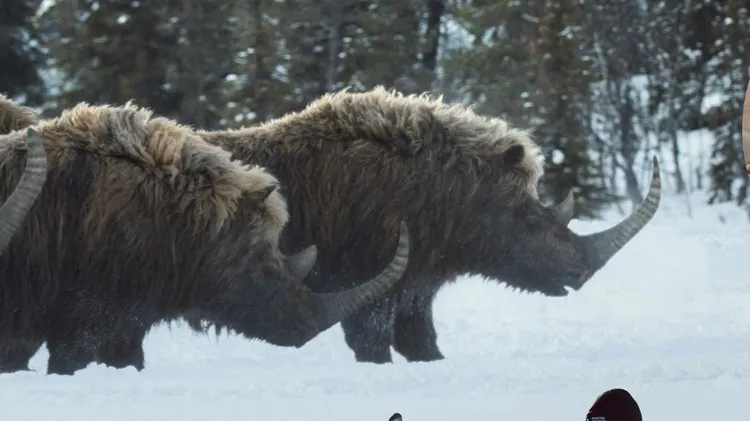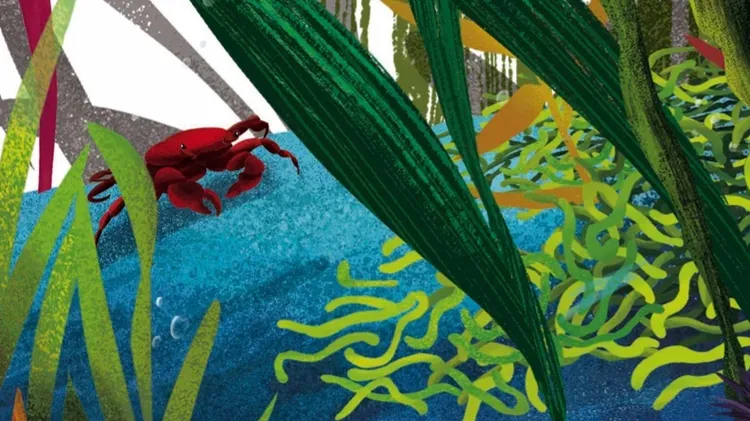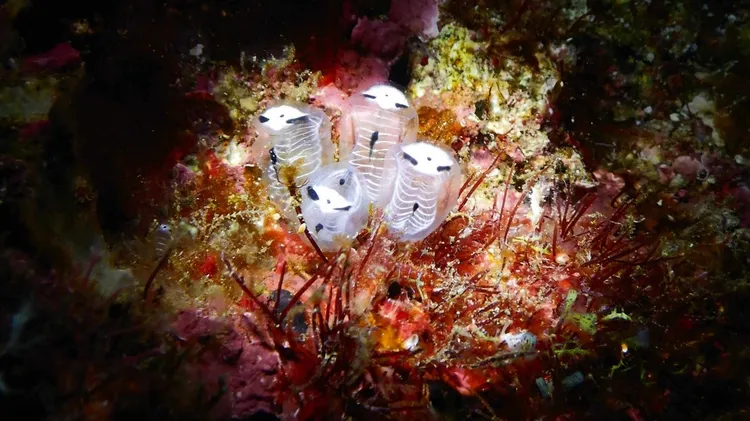Fossils reveal predatory worms that do
Prehistoric ‘terror beasts’ discovered in greenland
1 min read
This article is from...
Read this article and 8000+ more magazines and newspapers on Readly

